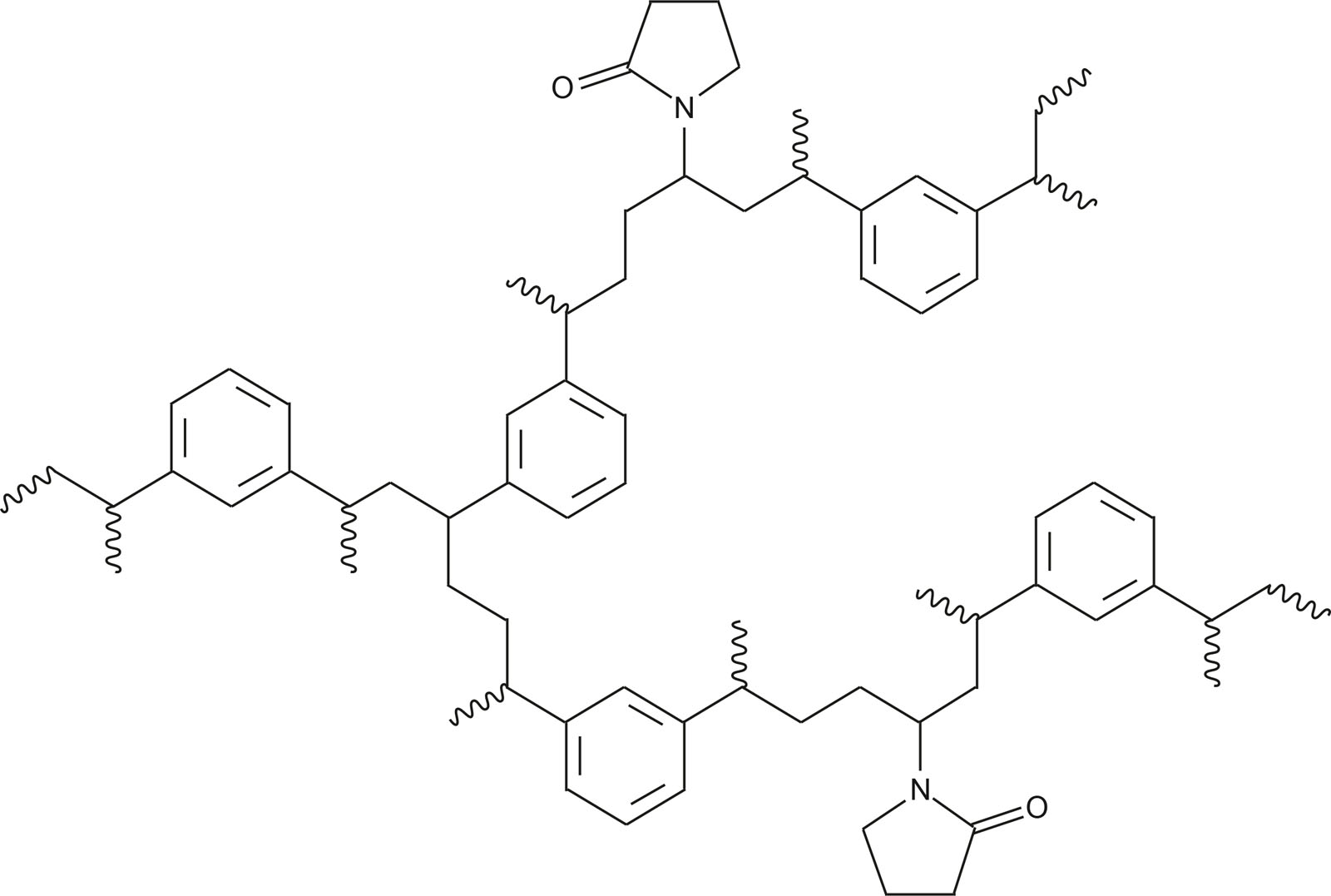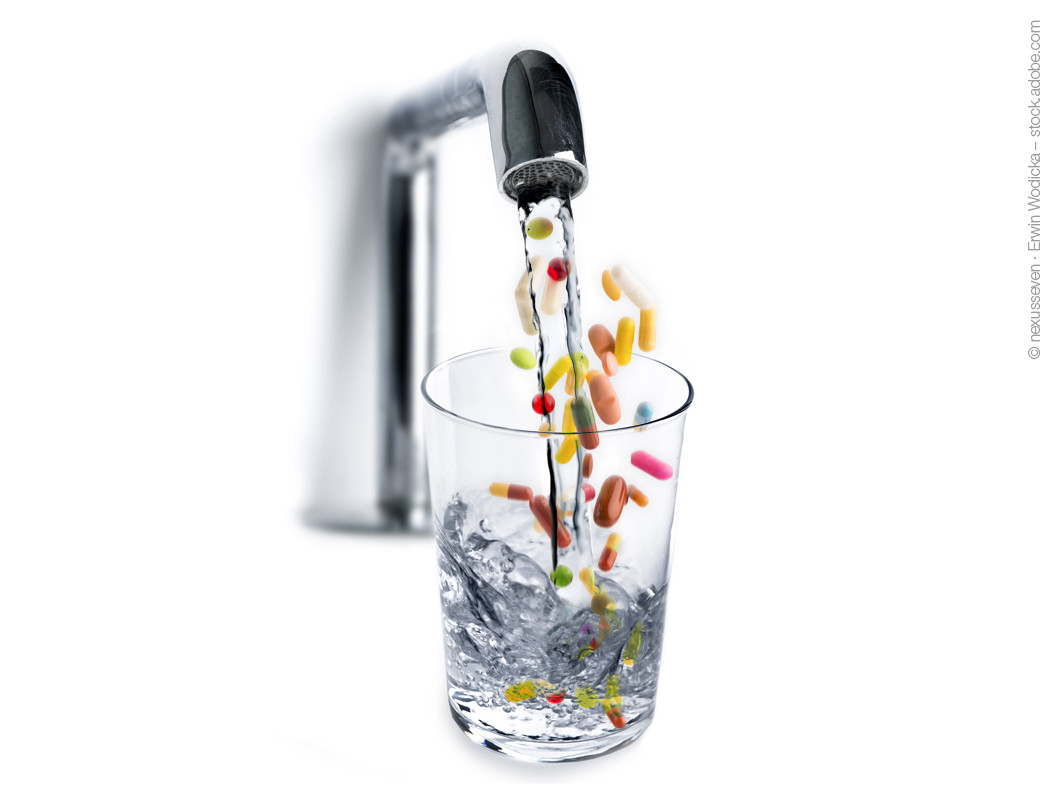Solid phase extraction (SPE) of drug residues in drinking water
Pharmaceutical residues in freshwater systems are a potential risk to human health and our ecosystems. The increasingly aging population and the resulting rise in the consumption of pharmaceuticals is leading to ever greater environmental pollution.
Most frequently, residues of painkillers, antihypertensives, hormones from contraceptives, and antibiotic agents are found in surface water. These chemicals enter the water cycle mainly through excretion, but also through improper disposal.
Worldwide, about 4000 active pharmaceutical ingredients exist as prescription, OTC and veterinary drugs. Of these, 30-90% are excreted as active substances via urine and feces(1). Many of these substances are very stable and active at low doses, which means that they can become a health risk even at low concentrations.
These substances are not removed in the existing three purification steps of wastewater treatment plants(2) and re-enter the surface water and consequently the drinking water. Moreover, veterinary medicines, e.g. antibiotics used in agriculture and fish farming, are directly released into the water bodies.
The importance of analyzing and understanding these agents in our drinking water is increasing. In this context, solid phase extraction plays an important role as a method for enrichment of the substances present in low concentrations. An effective way is the use of a hydrophilic N-vinylpyrrolidone-divinylbenzene resin with high surface area, which filled in small columns, guarantees rapid enrichment of the analytes and subsequent elution with high recoveries.

Structure of CHROMABOND HLB
The application(3) shows the enrichment of various polar pharmaceutical drugs (e.g. the antiretroviral drug AZT, the tricyclic antidepressants doxepin and protriptyline as well as the blood pressure regulator propranolol) on a CHROMABOND 3 mL HLB SPE cartridge filled with 200 mg of 60 µm N-vinylpyrrolidone – divinylbenzene copolymer resin (REF 730924).
Access to application: Drugs from tap water on HLB phases

Structure of AZT (azidothymidin), doxepin, protriptyline and propranolol
References:
(1) OECD POLICY HIGHLIGHTS Pharmaceutical residues in freshwater:Hazards and policy responses (2019).
(2) Deutsches Ärzteblatt/Jg. 115/Heft 22/1. June 1st, 2018 (in German).
(3) SPE Department – MACHEREY-NAGEL 2017





